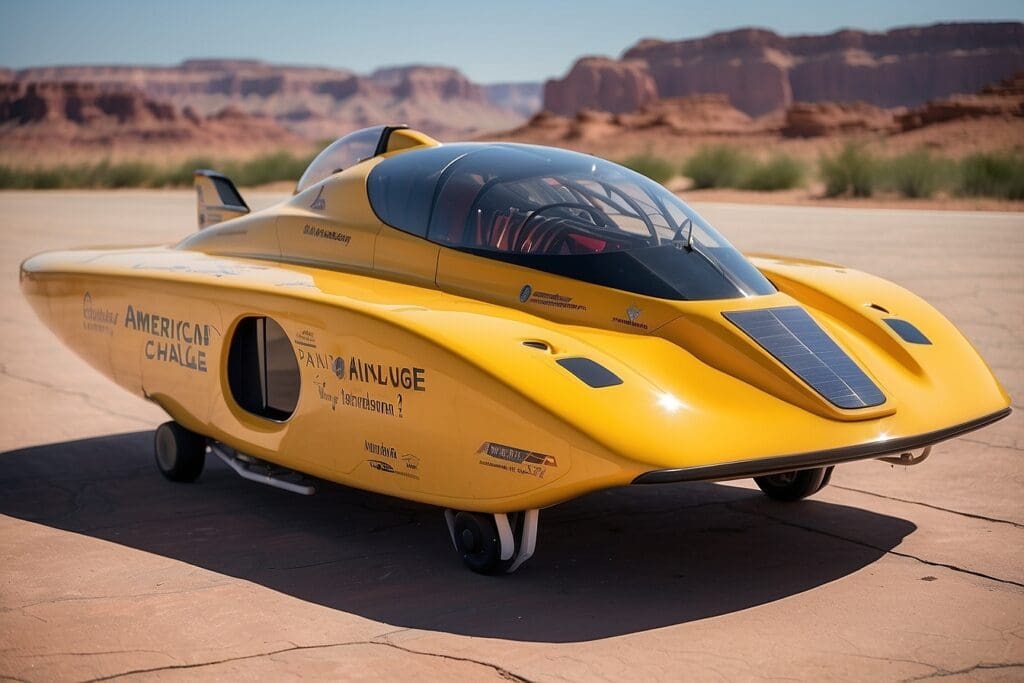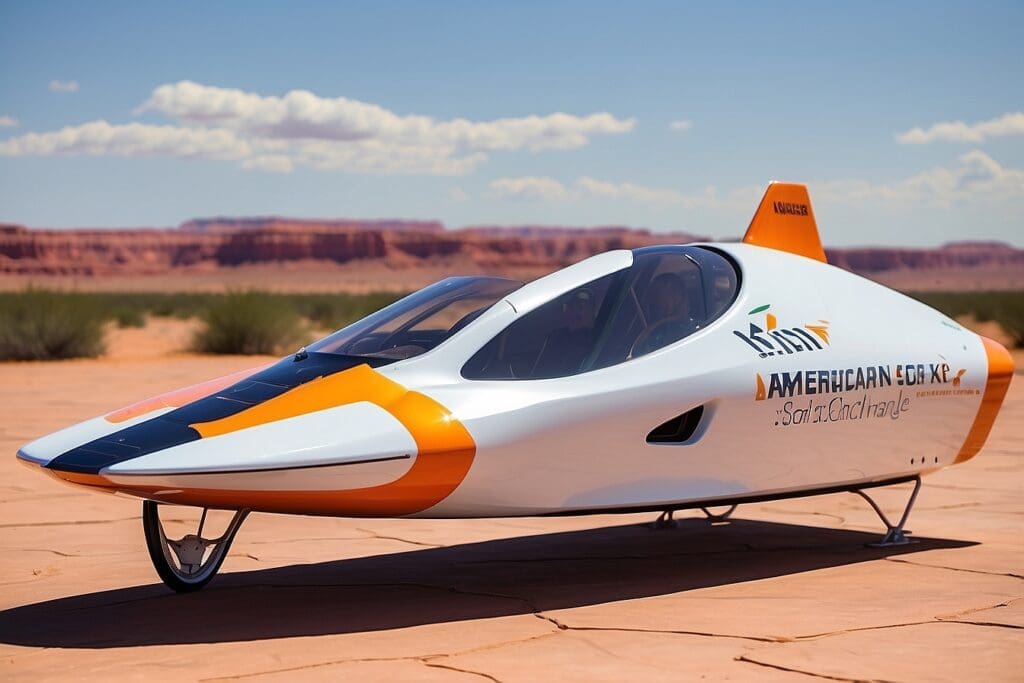Solar energy appears to be abundant in many parts of the United States, however harnessing this natural resource continues to be a challenge. As discussed in the Greeniacs articles previously addressing challenges to the solar power industry in the U.S., regulatory roadblocks . Let’s take another look at how these issues continue manifesting currently to prevent the solar industry from working to the benefit of Americans at the micro level.
Hawaii
In August 2013, Gloria Adams decided to install rooftop solar panels on her home in Oahu, Hawaii. However, a new regulation went into effect in September of 2013 that requires homeowners to get the approval of the Hawaiian Electric Company before installing solar panels. Now, the Hawaiian Electric Company is telling Adams that she may have to help pay for upgrades to her neighborhood’s circuits to handle the extra load.1
According to the City and County of Honolulu’s Department of Planning and Permitting, the new regulation has since cut the number of residential rooftop solar installations in Oahu in half. Previously, solar panel installations had doubled each year in Hawaii since 2010. Hawaii’s sunny weather and expensive fossil fuel imports make it an ideal market for the solar industry. Hawaiian Electric claimed that by the end of 2013, 10% of its costumers would be generating their electricity via solar panels, however this projection has not yet been confirmed as having occurred. The number of solar installation companies is currently up to 300, whereas there were just a few companies a mere five years ago. However, these jobs may be in jeopardy due to the now-shrinking solar market.3
The new regulation was put into effect because Hawaiian Electric was worried that inconsistent power generated by the solar panels would jeopardize the stability of small, independent power grids, especially on cloudy days. Moreover, unlike the large power generators that Hawaiian Electric owns, there is currently no mechanism to measure how much electricity the rooftop installations are sending to the grid at a given moment. Scott Seu, Hawaiian Electric’s vice president for energy resources and operations, explained, “It’s almost like you have a 200 megawatt power plant … and you don’t know what it’s going to do.” Hawaiian Electric executives are concerned that rapid changes in voltage could damage home appliances and injure crews working on distribution circuits. However, solar companies argue that Hawaiian Electric is just scared of losing profits when power sources become more evenly distributed.4
While small, independent power grids are more prevalent in Hawaii, Gloria Adams’ situation foreshadows future battles between solar and utility companies across the U.S. In the past year, other states with large solar industries, such as California and Arizona, have also dealt with tensions surrounding solar incentives. Members of the solar industry have found themselves asking: how can we promote growth in our industry while also easing the concerns of utility companies that see us as a threat?5
California
In California, residents with solar rooftops have been installing batteries so that they can store any extra electricity they produce. This past October of 2013, three of California’s biggest utility companies – Edison International, PG&E, and Sempra Energy – decided to fight this practice, saying they can’t be sure the energy flowing back to the grid is clean energy. In reality, these three companies are just trying to put off the day that residents with battery-backed solar installations won’t need to buy electricity from them at all.6

Even though the state of California encourages utility companies to buy back energy from homeowners with solar installations, the relationship between utility companies and homeowners has not gone well. In April 2013, a resident in Santa Barbara, CA installed eight solar panels and eight batteries at his home. Even though city inspectors approved his system, Edison International ultimately rejected his application to connect his system to the grid. Edison International cited one reason for this being that they want to protect themselves from fraud. Since there is no way to determine the source of energy with the battery system, they are worried that consumers will fill batteries with power from the grid and then sell it back to the company as “renewable energy.” Gary Stern, director of regulatory policy at Edison International’s Southern California branch, stated, “Power-market regulations and the industry’s ability to monitor flows from solar systems haven’t kept pace with the technology.”8
Currently, California State regulators are trying to work with solar and utility companies to come to a compromise. However, Adam Browning, executive director of the lobby group Vote Solar Initiative, warns of what could happen if they take too long: “Solar panel owners aren’t trying to ‘game the system’… The next step is that people with solar and batteries will find a way to make it work without utilities.” Both Browning and Stern bring up an important point: utility companies have not kept up with the rapidly evolving energy technology, and if they don’t try harder, they might get left behind.9 It will be very interesting to see what 2014 will bring to the U.S. solar industry, let’s hope it will be a good year for solar and other renewable energies !


